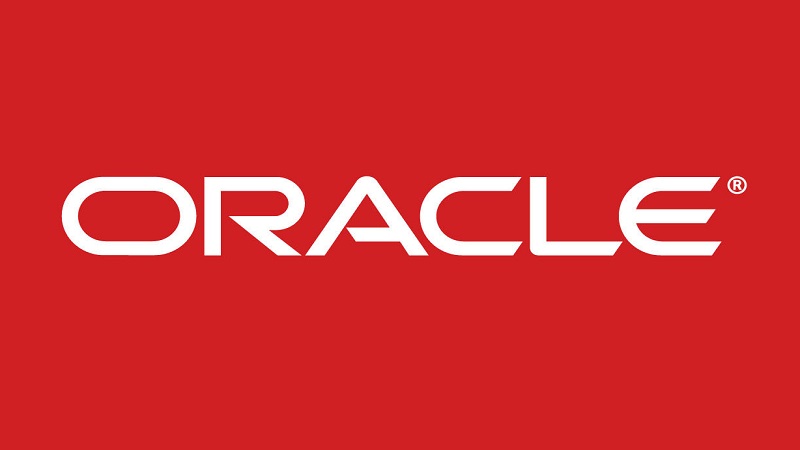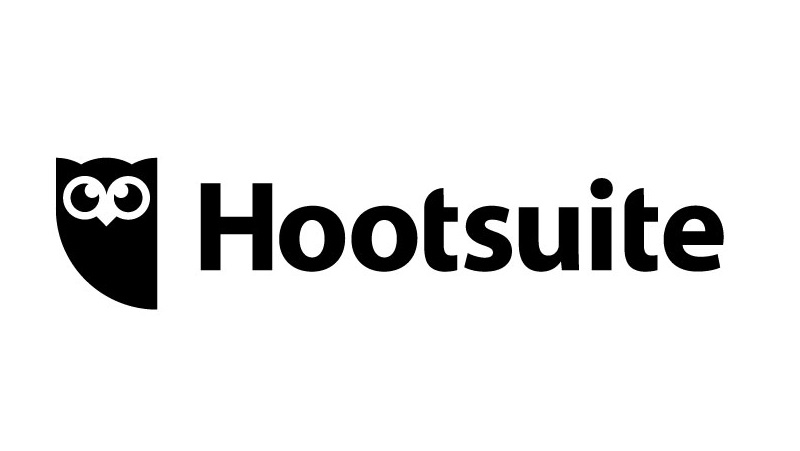Mailjet crowns Waitrose winner of best Christmas email campaign…
The email service provider Mailjet has revealed that Waitrose is ahead of its competitor supermarkets in the email campaign stakes, analysing key metrics including the chain’s subject lines, automation, cross-channel marketing and personalisation.
Reaching a total score of 21.3 points out of an available 29.0, this marks the second consecutive victory for Waitrose in the study and represents a significant improvement on supermarket’s performance from last year, rising 10 per cent overall.
Mid-market brands Tesco and Asda closely followed Waitrose’s success, hitting 20.0 and 19.9 respectively, however, Marks & Spencer struggled to compete scoring just 17.4 in total.
With regards to emails prospecting new consumer audiences, the research places Morrisons and Sainsbury’s joint last as both failed to send any communications to consumers who haven’t yet purchased through their online shopping platforms.
Josie Scotchmer, UK marketing manager at Mailjet said: “Consumers buy from the brands they build emotional connections with, particularly during the Christmas season. With low scores in critical areas for digital marketing like personalisation and automation, many supermarkets are not making the most of their emails to engage consumers with powerful storytelling.
As Mailjet suggests there has been much discussion on the importance of campaign personalisation this year, just two of the total eight supermarkets surveyed registered a score above 0.0. Specifically, Asda fell short on the top spot for its lack of personalisation, losing five points by omitting any room to add personal messaging to the email in favour of a singularly product-focused, visual structure.
Scotchmer added: “Winning greater share of the market in run up to Christmas holiday relies on having an online and offline campaign that fires on all cylinders. There are opportunities for all of these brands to learn from one another and broaden their use of digital strategies to engage and build loyalty with consumers at this critical period in the retail calendar.”











